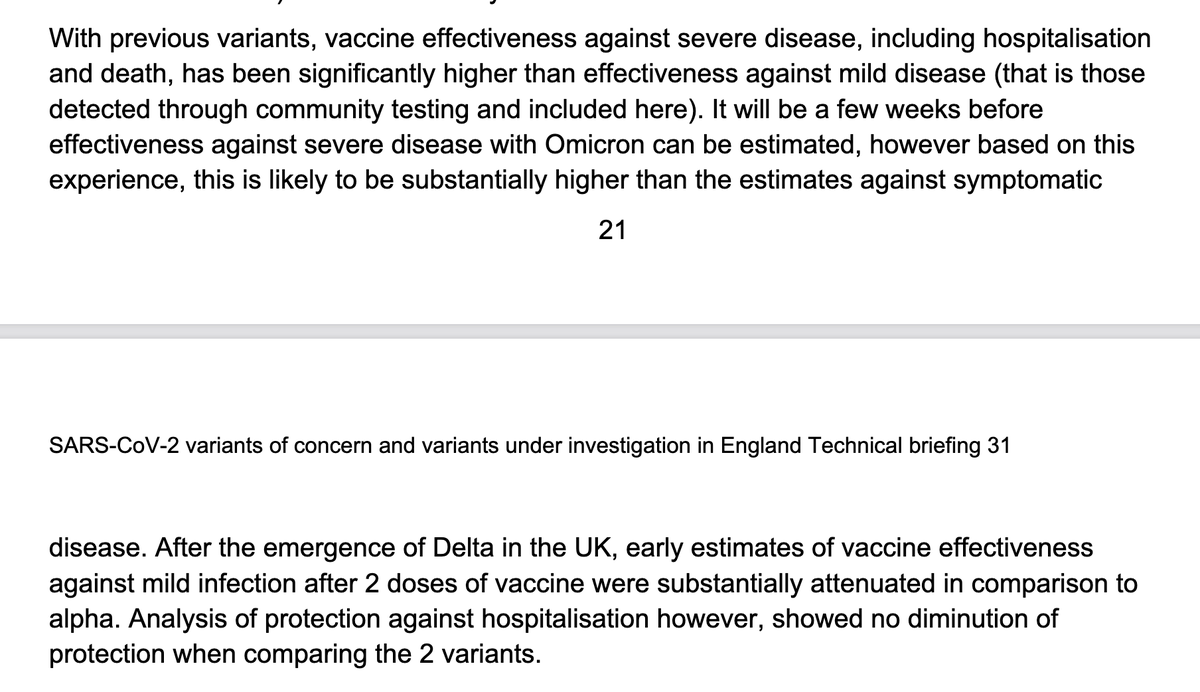
2 new studies have examined the #myocarditis risk after COVID-19 vaccines:
At age <40, #SARSCoV2 carried a ⬆️ risk – apart from Moderna's — not given to ages <30y in e.g. Sweden.
Highest in ages 12-17y for dose 2-3:
~1 case /5320-7300 doses
But ⬇️ risk with longer interval
🧵
At age <40, #SARSCoV2 carried a ⬆️ risk – apart from Moderna's — not given to ages <30y in e.g. Sweden.
Highest in ages 12-17y for dose 2-3:
~1 case /5320-7300 doses
But ⬇️ risk with longer interval
🧵

These studies were published in @CircAHA, ahajournals.org/doi/10.1161/CI… and @AnnalsofIM, acpjournals.org/doi/10.7326/M2….
(2/)
(2/)
The @AnnalsofIM study included all cases in those age 5-39 y (overall incidence was 1 per 30 000 - 200 000 doses), but via U.S. (active) VSD & (passive) VAERS reporting systems.
However, in the U.S., short doses intervals have been used (e.g. 3 wks for Pfizer 1-2)
(3/)
However, in the U.S., short doses intervals have been used (e.g. 3 wks for Pfizer 1-2)
(3/)

The new @CircAHA study instead looked at data from England, with data for those 13+ years.
Apart from the BNT162b2 (Pfizer) and mRNA-1273 (Moderna) vaccines, they also had data for ChAdOx1 (AstraZeneca)
(4/)
Apart from the BNT162b2 (Pfizer) and mRNA-1273 (Moderna) vaccines, they also had data for ChAdOx1 (AstraZeneca)
(4/)
As one can see from their supplement the risk of hospital admission or death was ⬆️ from SARSCoV2-induced myocarditis — in #unvaccinated — than from the vaccine, both overall, and in the <40 year old group.
(again ⬆️ w/ Moderna dose 2, but many countries only give it to >30y)
4/
(again ⬆️ w/ Moderna dose 2, but many countries only give it to >30y)
4/

However, note that interval between doses impacts the incidence – the recommended interval between doses has been short in e.g. the U.S. and Israel (corona.health.gov.il/en/vaccine-for…).
This is also how the trials were done (e.g. 3-week interval between Pfizer doses 1 and 2)
(5/)
This is also how the trials were done (e.g. 3-week interval between Pfizer doses 1 and 2)
(5/)
Indeed, a Canadian study (n=19,740,741 doses) found that the interval was a modulating risk factor:
For the group 12-17 yo, myocarditis incidence ⬇️ with interval:
⦿ ~1/10 000 doses @ ≤30 day-interval
⦿ 1 per 18000-27000 at interval @ 30+ days
jamanetwork.com/journals/jaman…
(6/)
For the group 12-17 yo, myocarditis incidence ⬇️ with interval:
⦿ ~1/10 000 doses @ ≤30 day-interval
⦿ 1 per 18000-27000 at interval @ 30+ days
jamanetwork.com/journals/jaman…
(6/)
For the Nordic countries, a study found the incidence of myocarditis to be highest in the 16-to-24-year olds:
Excess incidence with the Pfizer vaccine was 5.6 extra cases per 100 000 doses — so, ~1/18 000 doses, similar to the Canadian data.
jamanetwork.com/journals/jamac…
(6/)
Excess incidence with the Pfizer vaccine was 5.6 extra cases per 100 000 doses — so, ~1/18 000 doses, similar to the Canadian data.
jamanetwork.com/journals/jamac…
(6/)
In the Nordic data, they found no deaths of myocarditis below the age of 40, with similar (overall good) outcomes as observed in the U.S. data (jamanetwork.com/journals/jama/…)
Overall, deaths were otherwise ⬆️ (.8%) from unvaccinated SARSCoV2 myocarditis vs. from Pfizer's (.2%)
(7/)
Overall, deaths were otherwise ⬆️ (.8%) from unvaccinated SARSCoV2 myocarditis vs. from Pfizer's (.2%)
(7/)
The CDC also has some slides on myocarditis in their June 2022 ACIP update:
Eg. highlighting that recovery from viral #myocarditis is far less likely & many (23%) have a fulminant course: may e.g. require ventricular assist c.f. ahajournals.org/doi/full/10.11…
cdc.gov/vaccines/acip/…
8/
Eg. highlighting that recovery from viral #myocarditis is far less likely & many (23%) have a fulminant course: may e.g. require ventricular assist c.f. ahajournals.org/doi/full/10.11…
cdc.gov/vaccines/acip/…
8/

A previous large study (~38M) that compared the vaccine-associated myocarditis risk — with that from SARSCoV2/COVID19 — was published @NatureMedicine:
SARSCoV2 greatly increased the risk of cardiac #arrhythmia, but this was not seen with e.g. Pfizer:
(9/)
SARSCoV2 greatly increased the risk of cardiac #arrhythmia, but this was not seen with e.g. Pfizer:
https://twitter.com/JCedernaes/status/1470812845759774729
(9/)
Here's a great comparison of the risk & course of myocarditis associated with the vaccine, with those from the virus itself:
Apart from overall more serious myocarditis, #SARSCoV2 can indeed ⬆️ the risk of multiple cardiac & non-cardiac conditions:
(10/)
Apart from overall more serious myocarditis, #SARSCoV2 can indeed ⬆️ the risk of multiple cardiac & non-cardiac conditions:
https://twitter.com/19joho/status/1577078434034950144
(10/)
Also linking to this 🧵:
Several studies indicate that the highest risk of vaccine-associated myocarditis was in the age group 16/18-24y, e.g. a large 192M dose study.
And @CDCMMWR: cardiac risk from the virus ⬆️ vs. the vaccine, also @ 12-29 y
(11/)
Several studies indicate that the highest risk of vaccine-associated myocarditis was in the age group 16/18-24y, e.g. a large 192M dose study.
And @CDCMMWR: cardiac risk from the virus ⬆️ vs. the vaccine, also @ 12-29 y
https://twitter.com/JCedernaes/status/1557404910681034756?s=20&t=tKduY_icJFMmg3o7gnwcVA
(11/)
• • •
Missing some Tweet in this thread? You can try to
force a refresh











